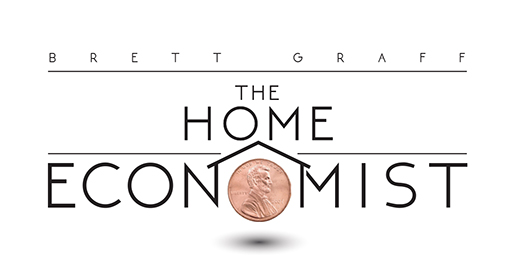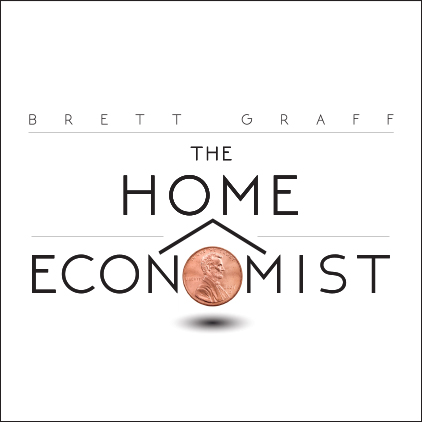The idea of Economic Policy is not much different to the idea of maintaining the perfect weight. In theory, we’d always fit into our jeans because human bodies are designed to become hungry only when they need fuel or nutrients. When they’re full, our bodies send a message our brains and when coming down with colds, they crave vitamin C. But in reality we need a monitoring plan, a control system to guide our caloric intakes.
The Federal Reserve is the Jenny Craig of the U.S. economy. In theory, there’d always be perfect amount of money circulating amongst all — consumers, banks and businesses. Stores and other sellers would have incentives to fairly and appropriately price the stuff we buy — from homes to three-ring binders. Meaning prices would always be just right: high enough for sellers to make a profit and low enough for attractive sales. The best products would sell most frequently.
But we consumers occasionally go way overboard and — as in the real estate gluttony of 2006 — need motivation to either spend more or less. That helps prices and wages to adjust, registering as not too heavy or light. The Fed’s system is called Monetary Policy (even though they totally could have just called it “money policy”.)
The Fed feeds money into the economy or liposuctions money out of it by buying assets from banks – bonds, stocks. That serves a few purposes but mainly, it puts more money in the hands of banks. At first this might not seem to be helpful to you. But when banks have more money they lend more money. They lower the price of lending that money – the interest rate – and people like us – but also businesses – can afford to borrow money.
When we borrow money, we typically spend money. That puts those dollars into other hands – homeowners, construction companies and if we’re businesses, computer stores or commercial real estate. Some businesses make more money, others hire more people. Putting more money back into the economy.
“Quantitative easing” means the Fed was putting money into the economy buying long term assets – the kind that mature in ten years. (Not the short term.) But they’re not doing that anymore.








Leave A Comment